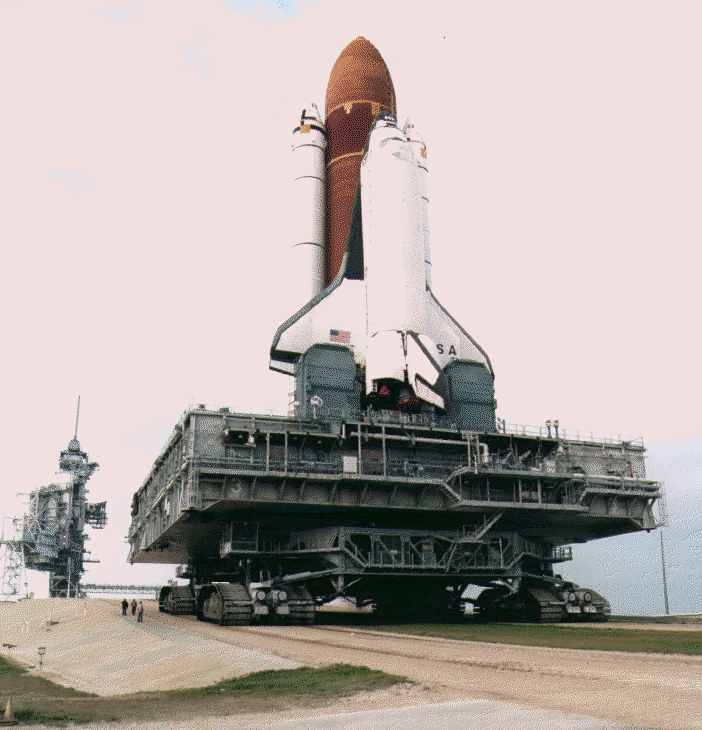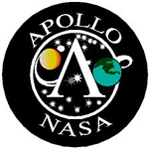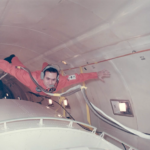Space Awareness
An Apollo 50th Anniversary Moment
Written by: developer
Speeding to a Crawl
by John Holst, Space Foundation Research Analyst
To launch a big rocket requires an even bigger vehicle to move it around before a launch. This is why NASA just finished in February 2015 a two-year renovation of a 50-year old vehicle for use with its planned Space Launch System. The special vehicle was initially used to move the astonishing 8,400 metric tons of a fully-stacked Apollo mission Saturn V rocket. The vehicle to accomplish such a feat? The crawler-transporter, and it very nearly stopped the Apollo program.
In several ways, the crawler-transporter is a big deal to NASA. NASA needed a way to move an assembled Saturn V rocket, while the rocket was sitting on top of a mobile launch platform, from a protected environment to the launch pad. Three stories high and nearly the width of an eight-lane highway, the huge crawler-transporter did the very thing NASA needed. The crawler-transporter was designed to roll under a mobile launch platform, then raise itself to pick up the platform. It would move to the launch pad slower than its rated loaded top speed of about 1 mile per hour, burning through 125-150 gallons of diesel for every mile.

Each corner of the crawler-transporter was supported and moved by something that looked like a tank without a gun turret, called a crawler truck assembly. Each truck moves on two caterpillar treads that are each 7.5 feet wide, and all four trucks helped to move a fully loaded crawler-transporter safely. NASA initially purchased two crawler-transporters and, to make sure they could meet requirements, tested them.
In July 1965, one crawler-transporter had moved a launch umbilical tower about a mile as part of a test. NASA wanted to learn how crawler-transporters were affected by different road surfaces while they carried a load. Instead of the road surfaces being the problem, another issue surfaced after the test: metal fragments were discovered on the crawler-transporter’s roadway. After some sleuthing, NASA engineers found the fragments came from machinery supporting the crawler-transporter’s treads. Soda can-sized bearings intended to support and move the crawler truck assembly’s treads were not able to bear the loads the crawler-transporters were supposed to carry. This problem stopped almost everything while NASA studied the problem and attempted to come up with a solution. It was viewed as a disastrous possible delay for the Apollo program. Political pressure increased for NASA to fix the problem when news press started to cover the truck bearing issues. Having a top Washington official voice a private opinion that the crawler-transporter might never work certainly did little to help NASA.
By December 1965, a new bearing design began to be fitted to the crawler truck assembly and was successfully tested in January 1966. The design allowed crawler-transporters to support not only all Apollo Saturn V launches, but Space Shuttle launches as well. And while most 50-year old technologies retire to museums, NASA has plans for at least one of the crawler-transporters. Possibly as early as 2018, a crawler-transporter that helped move Moon rockets slightly less than 50 years ago will help take small steps towards moving Mars rockets.
This article is part of Space Watch: July 2015 (Volume: 14, Issue: 7).



